Since ‘horsegate’ erupted in mid-January, EU countries have issued more than 50 alerts about horsemeat adulteration of meat products using the Rapid Alert System for Food and Feed.
Our interactive maps (below) show where those products came from, which countries they were distributed to, and who has issued the most alerts to date.
What is the Rapid Alert System for Food and Feed (RASFF)?
RASFF is an online portal that allows EU member states (as well as a number of third-party countries, such as Switzerland and Norway) to quickly alert each other to risks in food and feed. For the UK, the Food Standards Agency is the contact point for RASFF alerts. Industry, local authorities, border inspections and other government departments report their concerns to the FSA by raising an RASFF notification, which then comes to the FSA for checking and approval before being sent to the EU and put on the database.
There are three types of notification: an “alert” is issued where there is a serious risk to public health; “for follow-up” means there is low risk to public health (eg a product has expired and needs to be withdrawn) and “information only” means there is very low risk to public health and no follow-up action is required.
With the exception of notifications related to phenylbutazone (such as the horse carcases exported from the UK to France, which are not included in our analysis), the RASFF notifications related to horsemeat are all either “for follow up” or “information only”.
What can the data tell us?
We looked at any RASFF notifications related to horsemeat that were triggered between mid-January and 4 April. There were just over 50 of them, and they tell us which countries triggered them, where the products mentioned in the notification came from, and which countries they were distributed to, allowing us to identify patterns in how horsemeat products moved within the European Union.
What are the limitations?
RASFF is for cross-border food and feed issues within the EU, so the 50+ horsemeat alerts don’t include horsemeat discoveries in products that didn’t move between member states. Only products with at least 1% horsemeat trigger a RASFF notification.
Crucially, RASFF notifications are not final investigation results. Just because a country is mentioned as a country of origin for a horsemeat product doesn’t mean it’s certain that’s where the adulteration occurred. Countries are also occasionally listed because they acted as transit countries for products. Similarly, not every country that’s listed as a destination for a particular product will necessarily have received adulterated products.
The data is gathered below - roll your mouse over the maps to find out more:
Where did adulterated products come from?
NB. Map excludes Brazil, which was mentioned once as an origin country.
Where were adulterated products going?
NB. Map excludes countries outside Europe named as destination countries. These were Saint Martin, French Polynesia, Ghana, Hong Kong, Peru and Venezuela (all mentioned once in the reports).
Who raised the alarm?
NB. These maps were produced before the Netherlands announced the recall of 50,000 tonnes of beef because of suspected horsemeat adulteration on 10 April, using the RASFF to alert affected countries.
Stay up to date on the unfolding horsemeat scandal with our dedicated coverage.








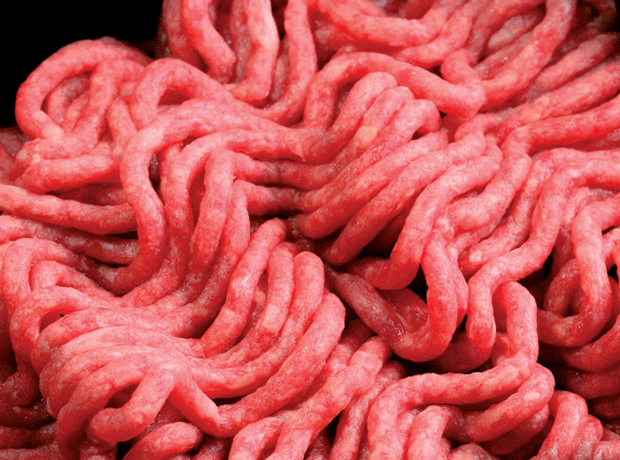
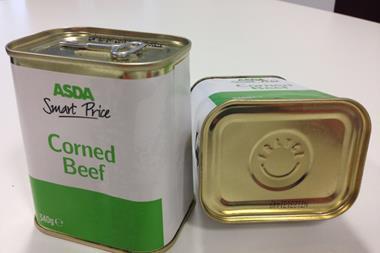
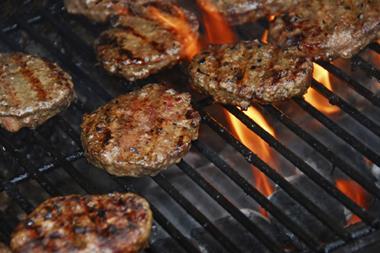
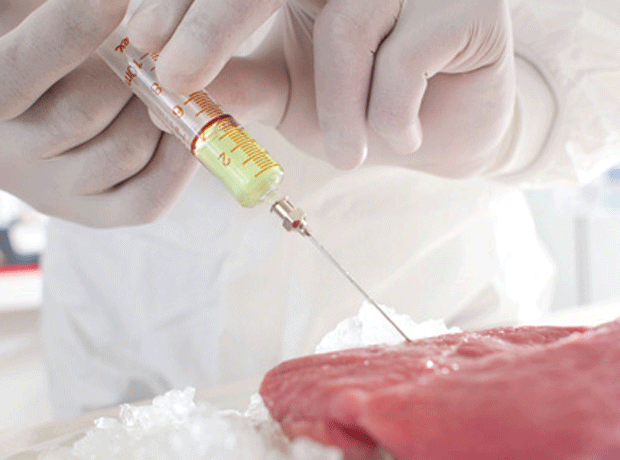
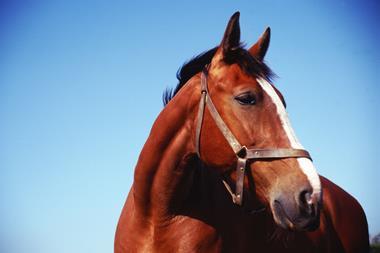






No comments yet